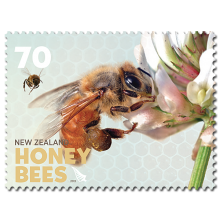‘The Whole Paradigm of Genetic Engineering Technology Is Based on a Misunderstanding’
This misunderstanding is the “one gene, one protein” hypothesis from 70 years ago, which stated that each gene codes for a single protein. However, the Human Genome project completed in 2002 failed dramatically to identify one gene for every one protein in the human body, forcing researchers to look to epigenetic factors — namely, “factors beyond the control of the gene” – to explain how organisms are formed, and how they work. According to Thierry Vrain, a former research scientist for Agriculture Canada: “Genetic engineering is 40 years old. It is based on the naive understanding of the genome based on the One Gene – one protein hypothesis of 70 years ago, that each gene codes for a single protein. The Human Genome project completed in 2002 showed that this hypothesis is wrong. The whole paradigm of the genetic engineering technology is based on a misunderstanding. Every scientist now learns that any gene can give more than one protein and that inserting a gene anywhere in a plant eventually creates rogue proteins. Some of these proteins are obviously allergenic or toxic.”










